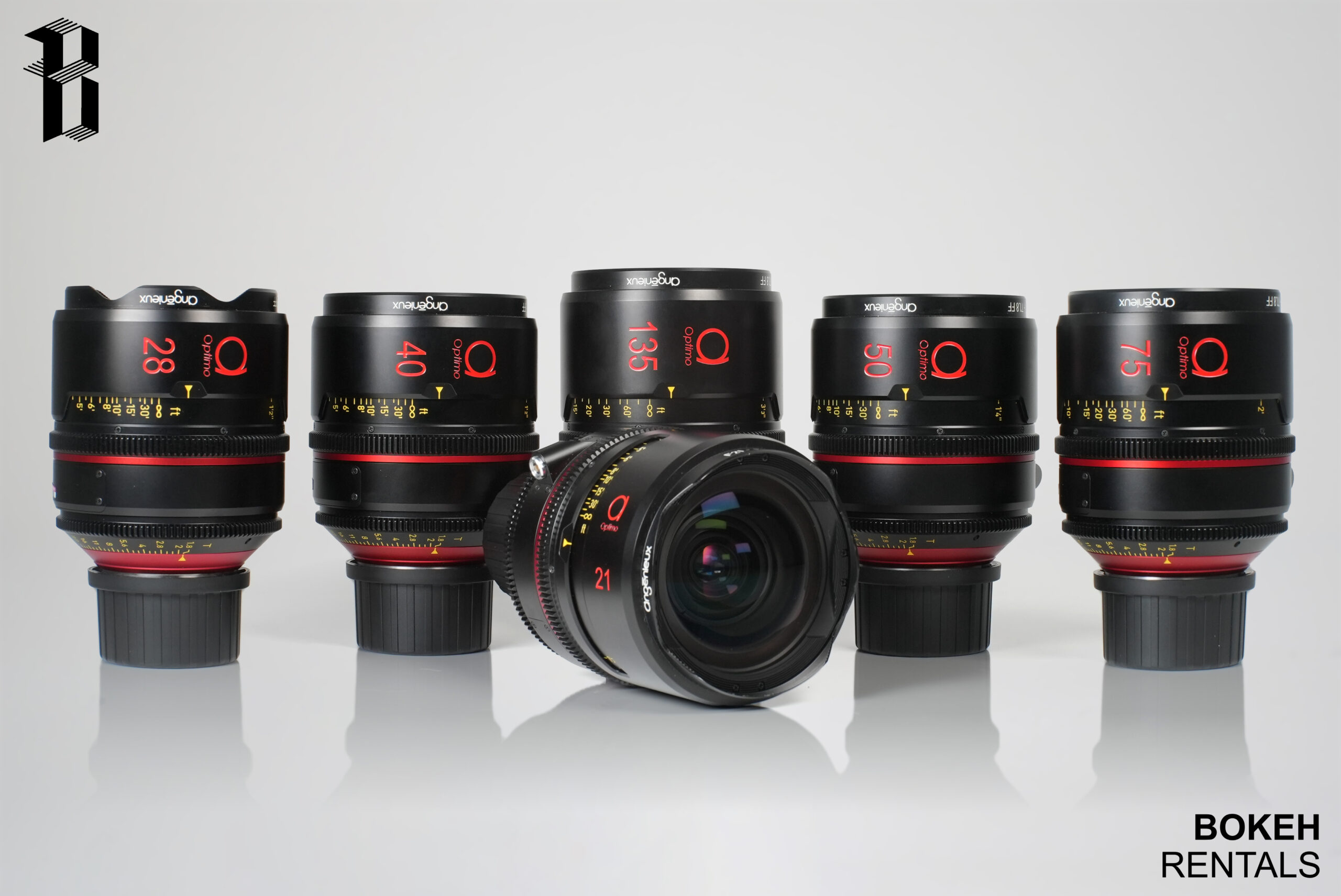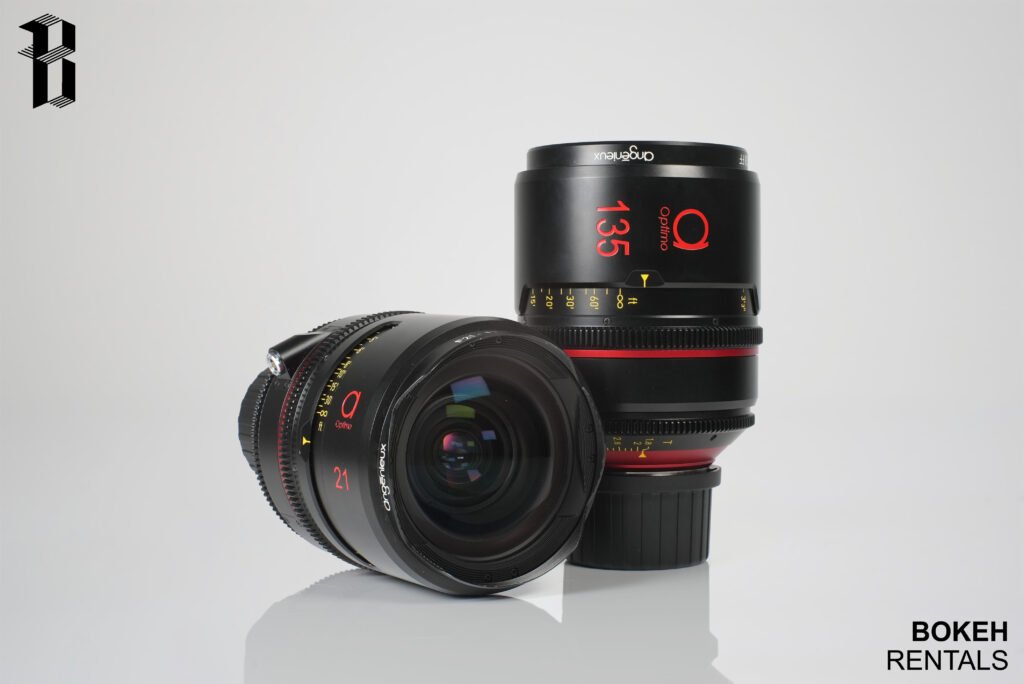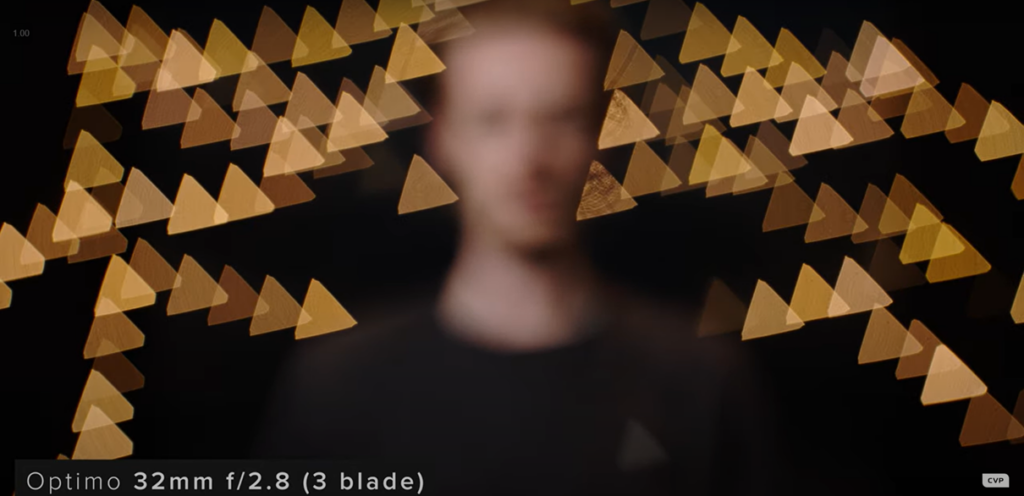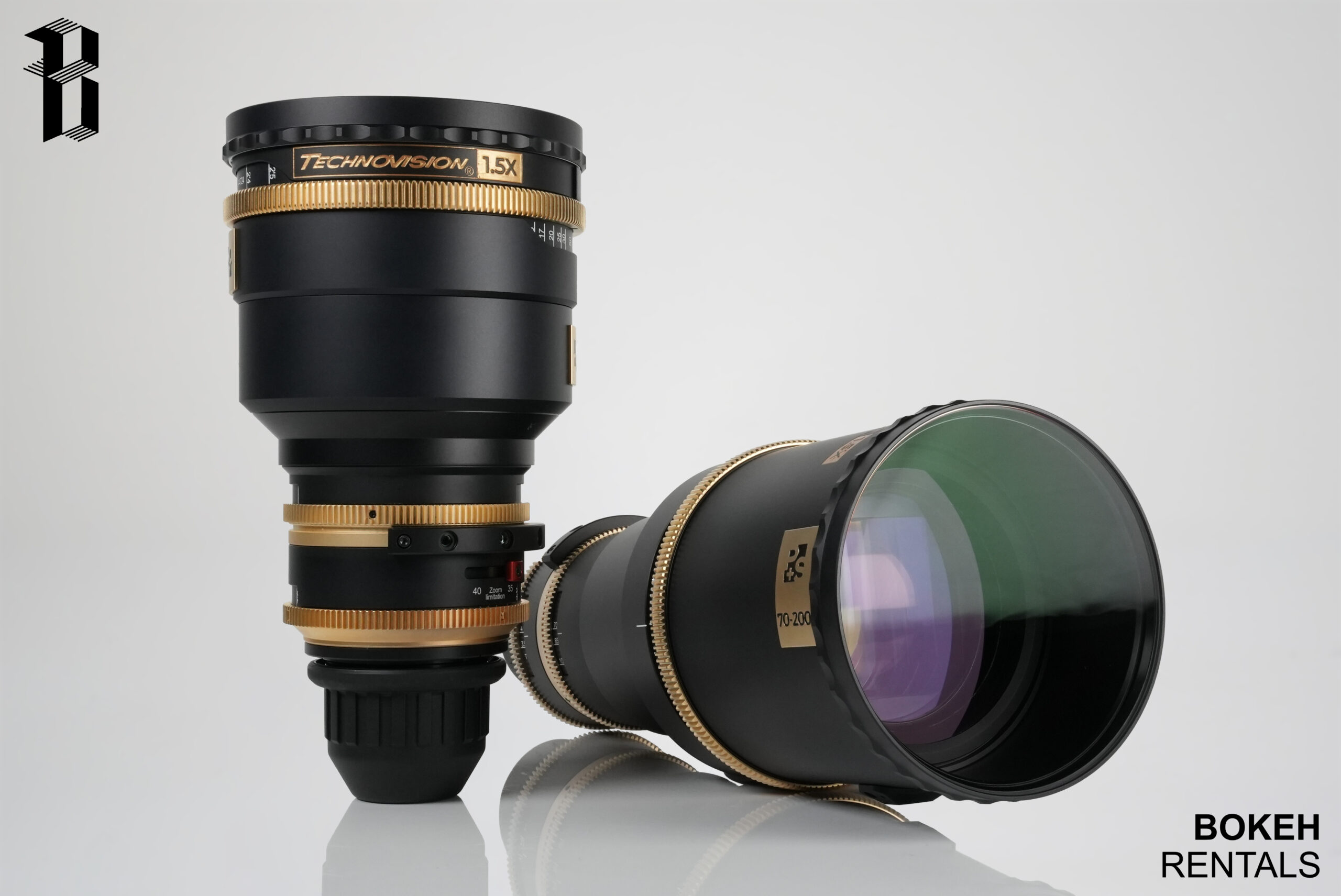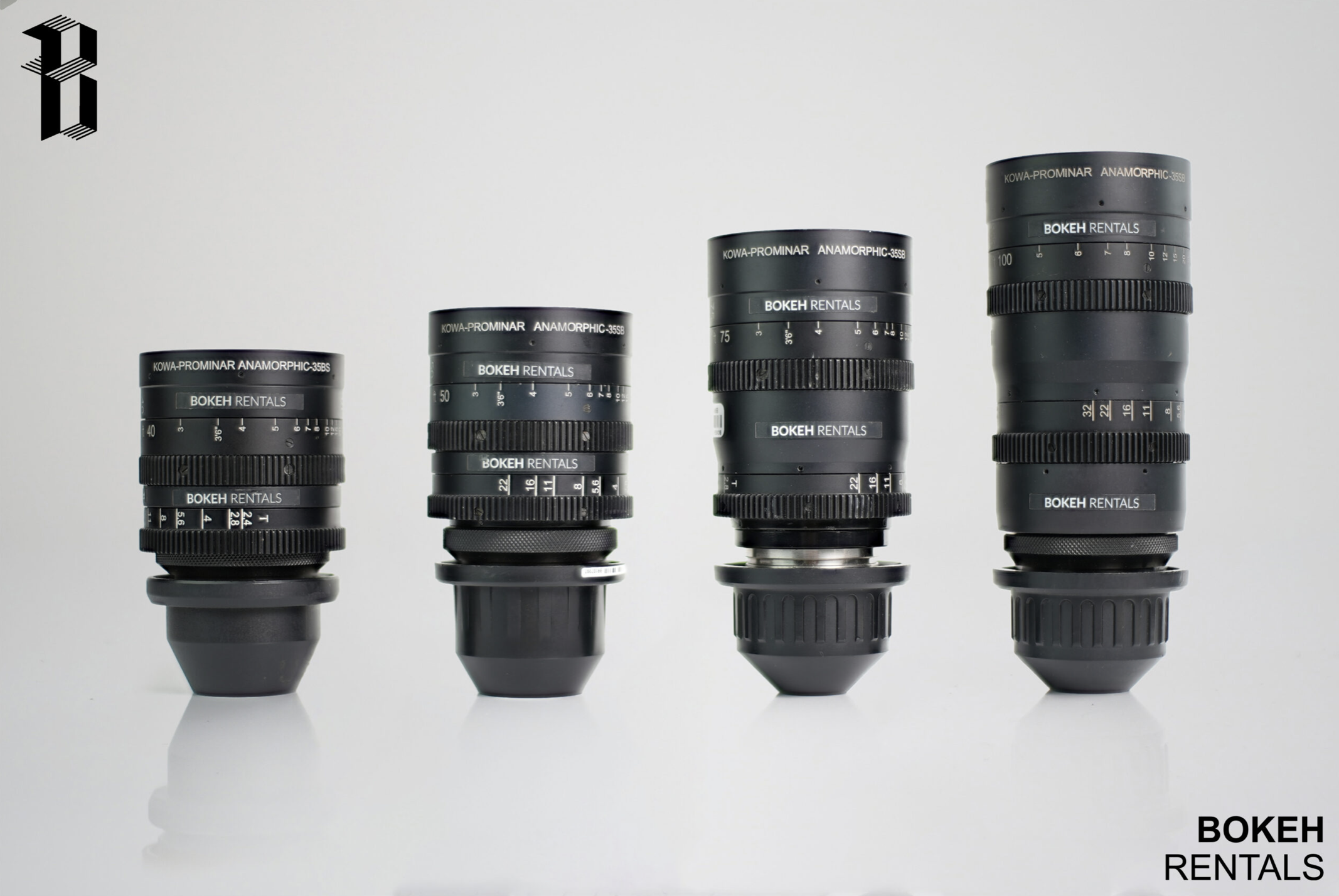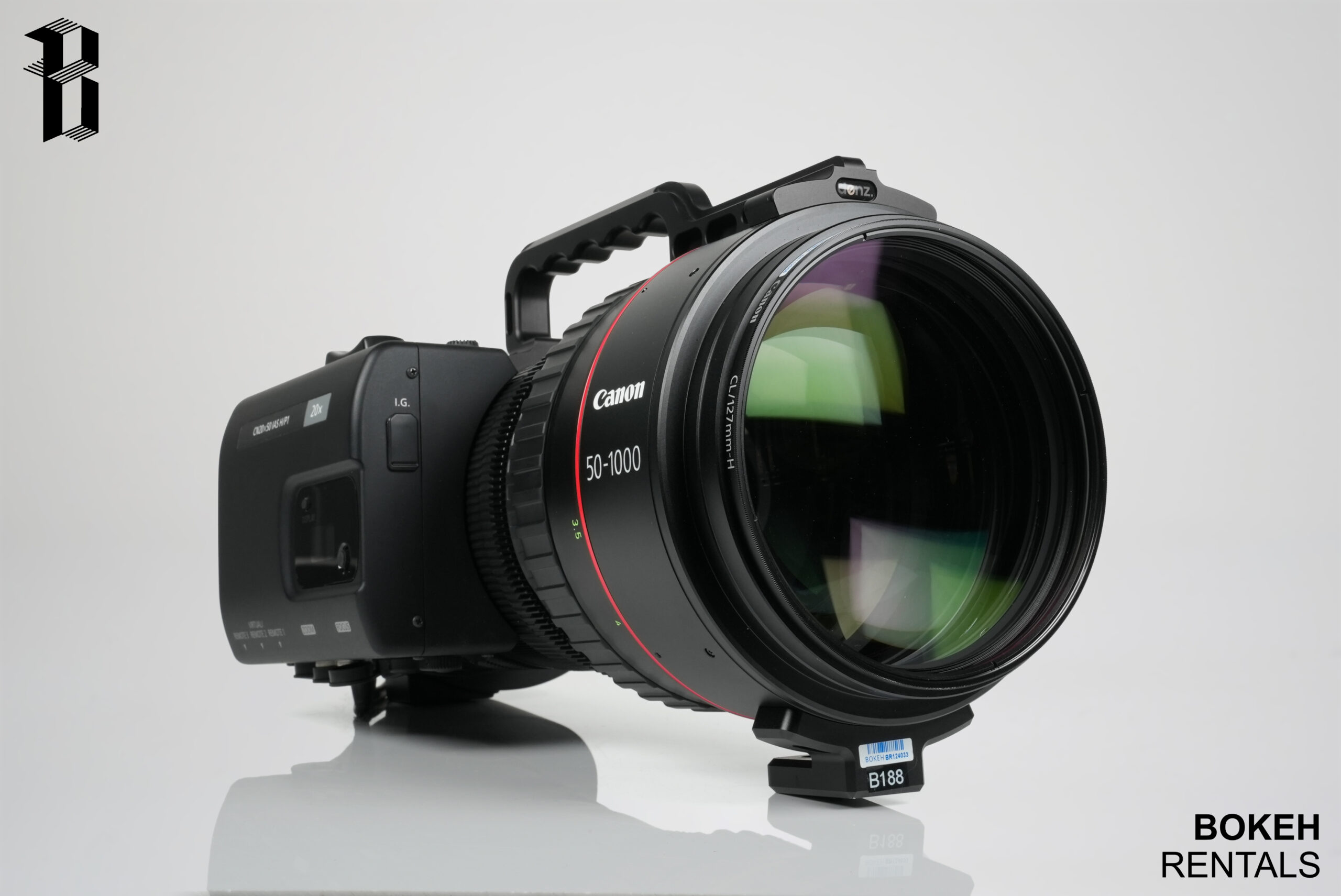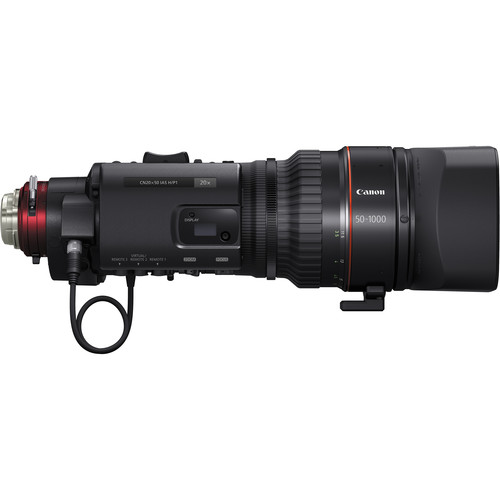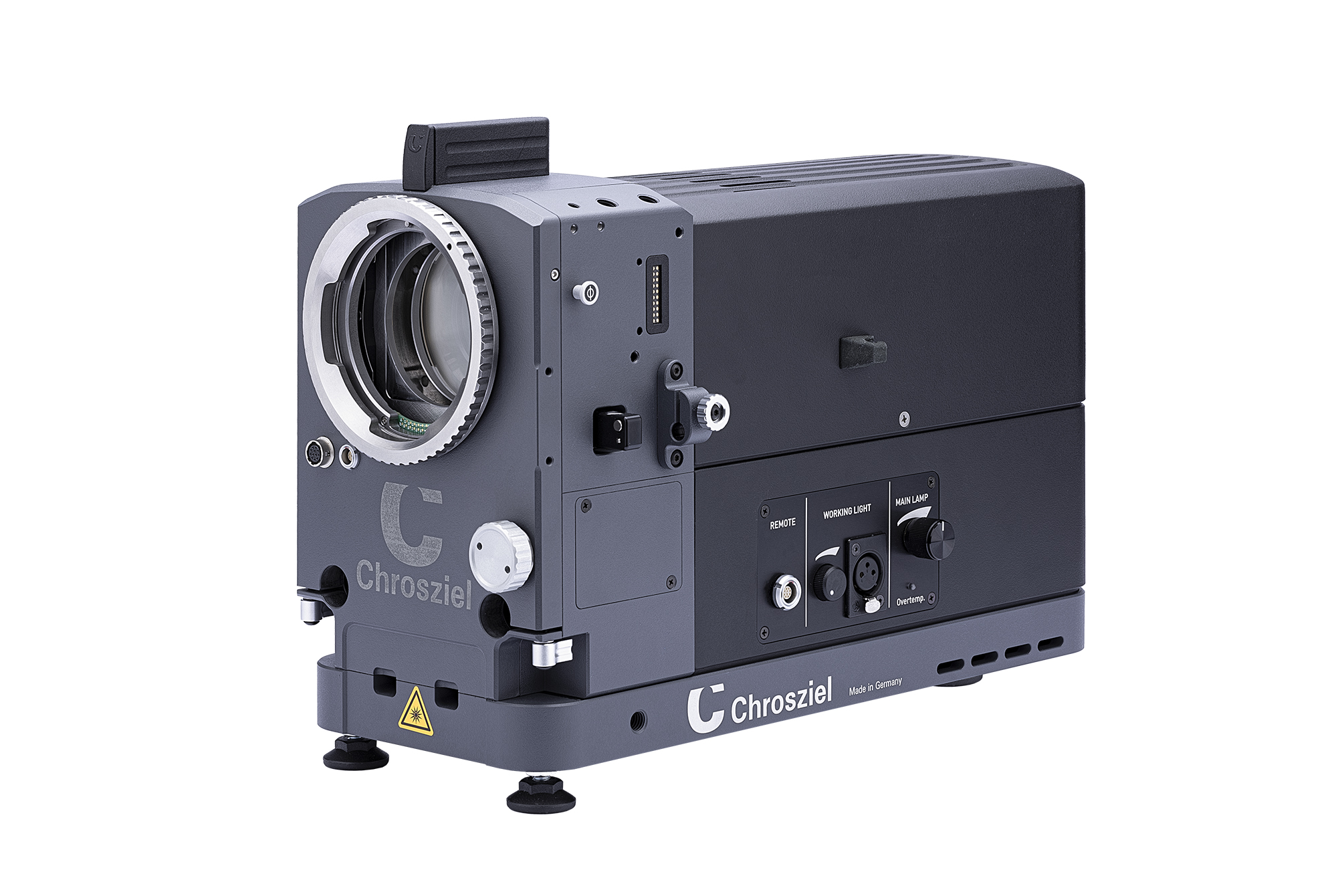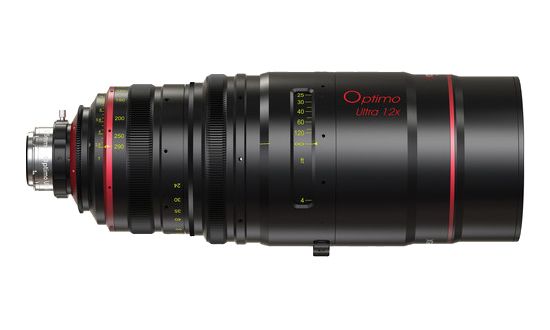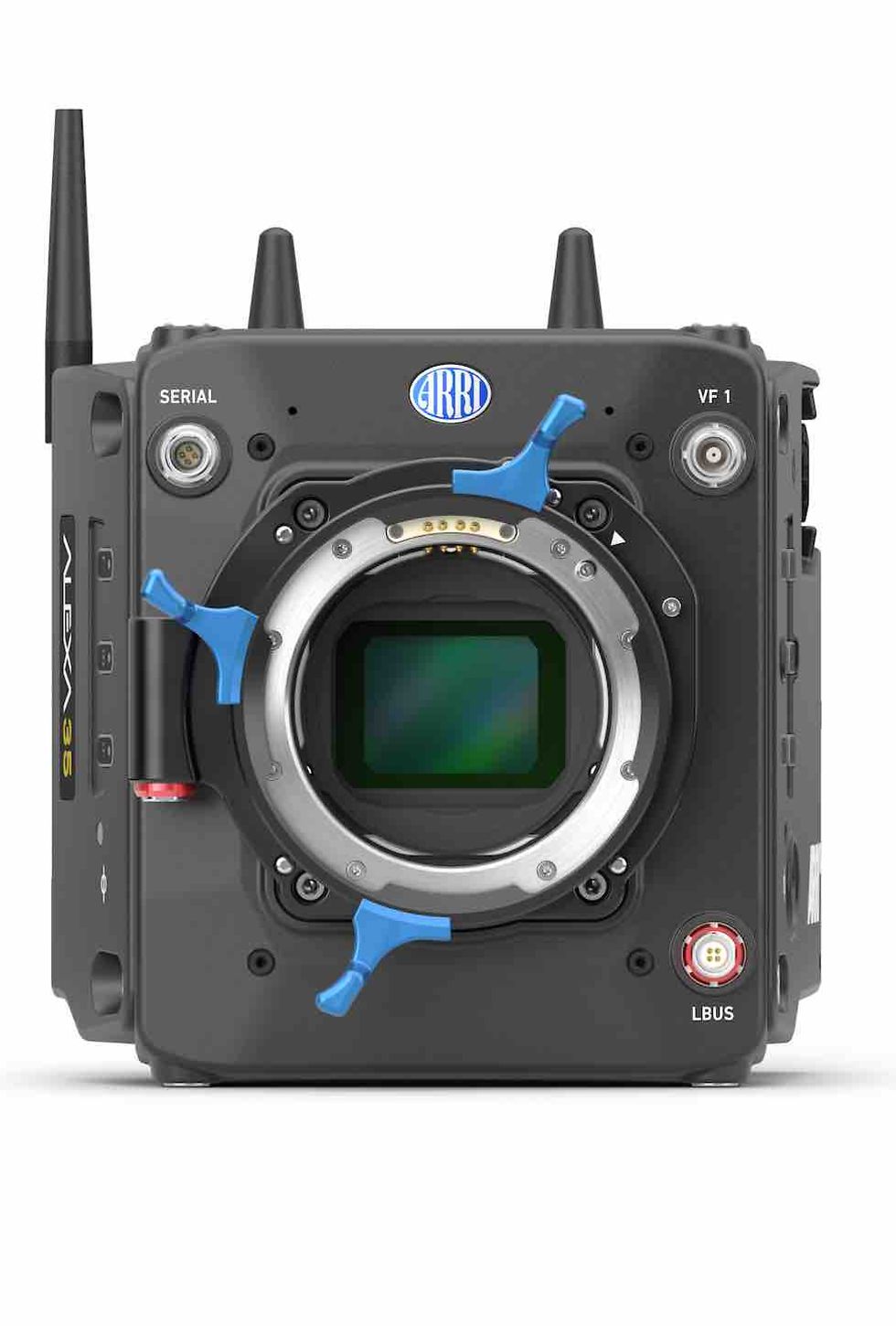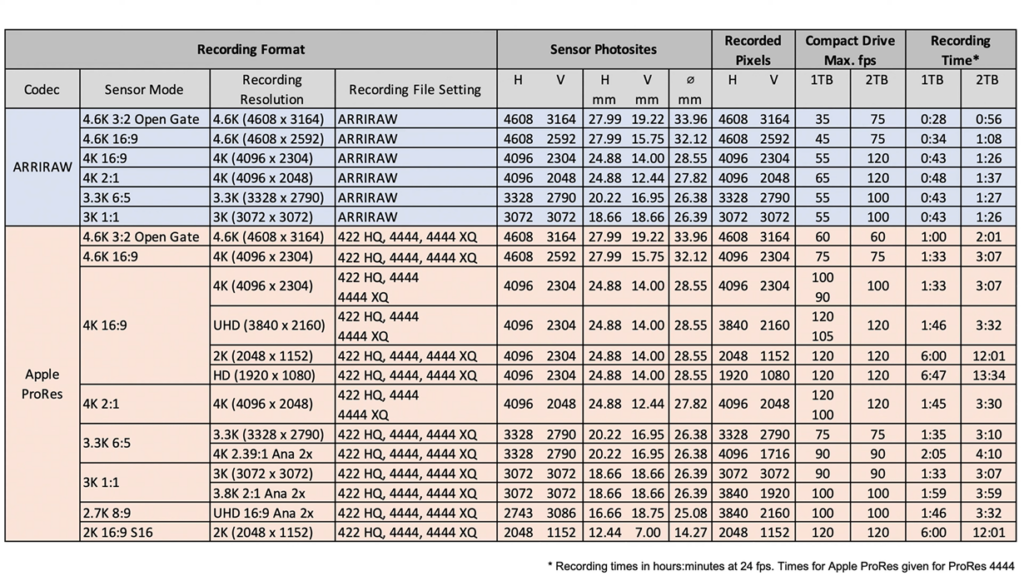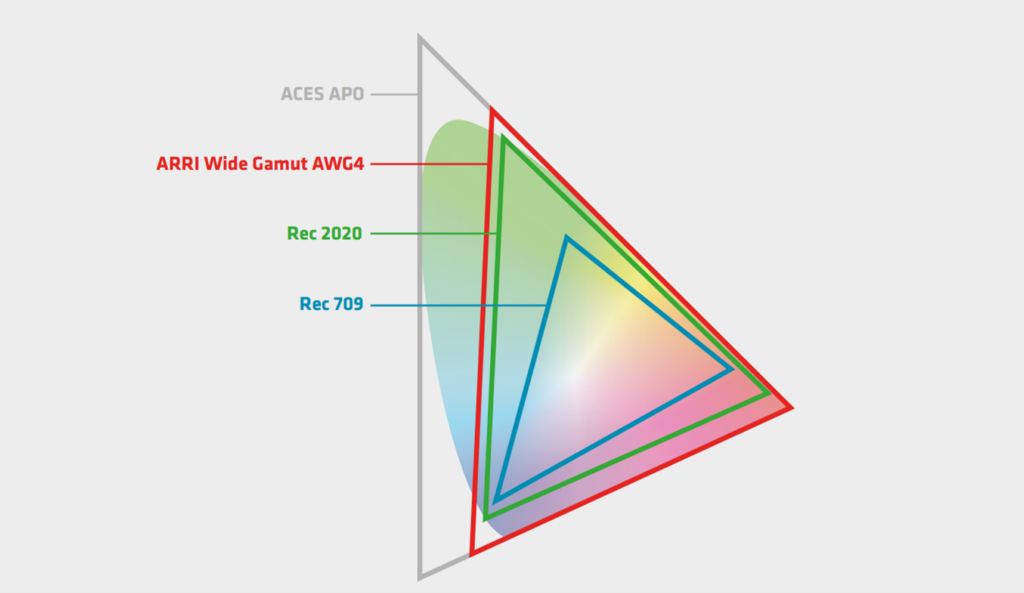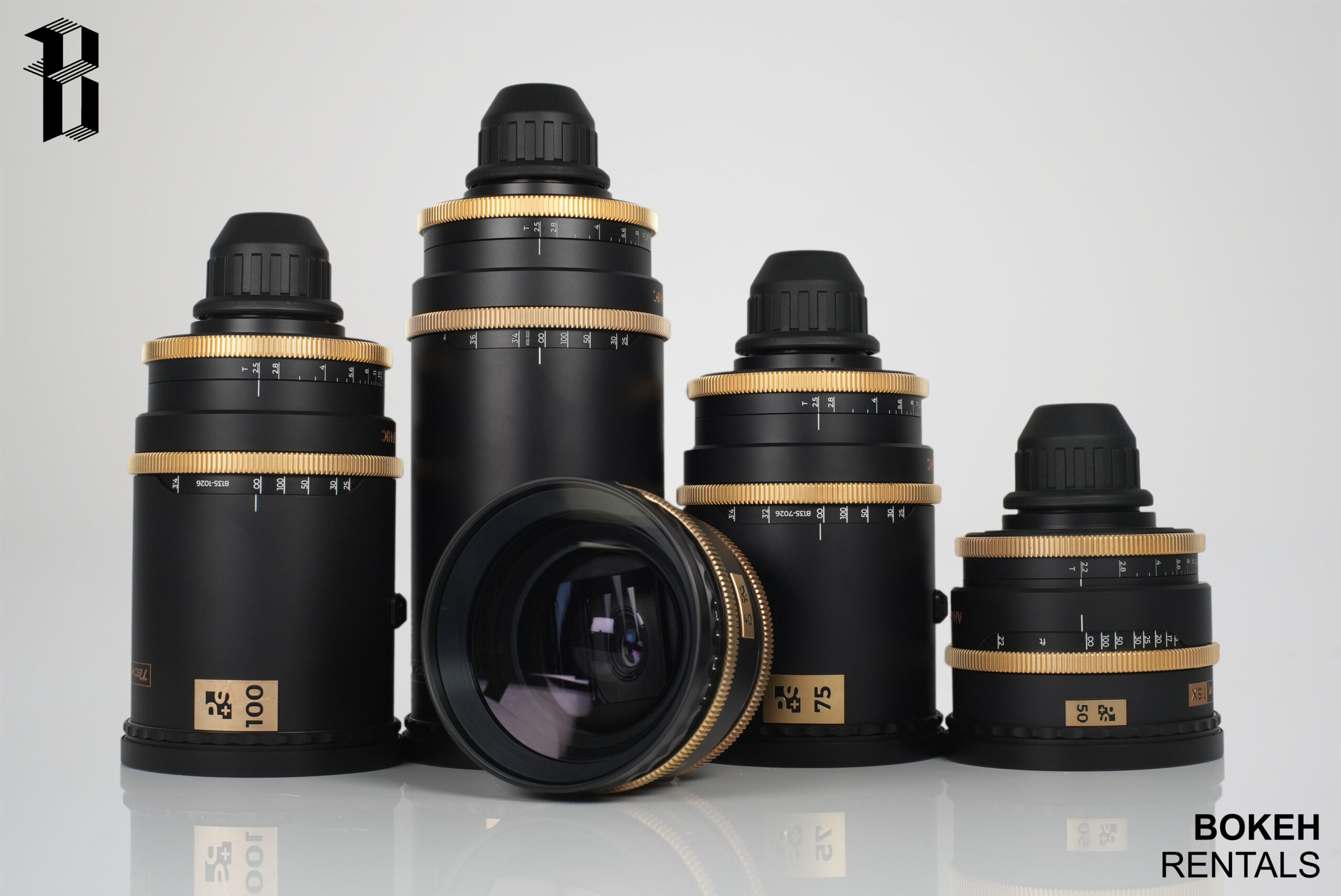In the digital age, there are some specially built gear that pushes digital cinema to the next level.
None have greater commercial applications than two products: the Keymaster Helmet Rig and the Proton Pack Rig from backpackrig.com.
The Keymaster Helmet Rig and Proton Pack Rigs are excellent products are camera platforms meant to save space or redistribute weight on set. They each have their own benefits and be used separately or combined to design creative camera setups or assist the camera team on set.
KEYMASTER HELMET RIG
The Keymaster Helmet Rig is a multifunctional, lightweight camera platform. There are several mounts, cheese plates, and an assortment of rods for a modular platform. Instead of wheeling around a camera cart, operators can save space by attaching camera or G&E gear to the Keymaster Helmet. Items that can be solidly secured to the rig include batteries, wireless transmitters, timecode generators, focus monitors, Venice Rialto camera extension system, and more.
The Keymaster Helmet is equipped with dozens of attachments and is designed for a diversity of camera positions. For example, there are standard m6 Arri rosettes on both helmet cheeks that serve as mounts to extend the rods forward. The ability to shift the rods forward and backward allow operators to use differently sized camera rigs and also frame various shot sizes.
Attachments include:
|
|
|
|
|
|
|
|
|
|
|
|
WEIGHT
The Keymaster Helmet Rig has a naked weight of 2lbs and 13oz. The weight of the entire kit, including the hard shipping case, is about 25 lbs. The Keymaster Helmet Rig is constructed of lightweight carbon fiber to ensure mobility for operators. In fact, the rig is so light that performers can wear it for POV camera angles.
Because the Helmet Rig is modular, operators can arrange equipment to comfortably distribute the weight of camera equipment. Over the course of even a few hours’ shooting, this could make a huge different to an operator’s stamina, especially in high-intensity filming scenarios, such as “walk and talk” or action scenes.
Check out various configurations with the Keymaster in the demo below:
Keymaster Helmet Rig from jordan levie on Vimeo.
PROTON PACK BACKPACK RIG
The Proton Pack V2 is a backpack-worn camera accessories platform. Essentially, it’s another mounting rig, but one that redistributes weight around the user’s torso and back.
When DPs shoot handheld, the stripping accessories from the camera can help keep the unit lightweight. This comes in handy to keep the camera light, whereas heavy batteries and monitors could limit an operator’s ability to track a subject or whip pan the camera.
In addition to helping an operator’s performance, the Proton Pack could be useful for when space is limited. For example, if a crew is shooting in a small bedroom location for a day, freeing a few feet of space is a gamechanger for the cinematographer. By packing all camera accessories onto the proton pack, the camera operator can save space; and even save time between takes, since all the equipment that has to be moved is tethered onto their person, opposed to a wheelable cart.
HELMET RIG & PROTON PACK
If a camera is mounted onto the Keymaster Helmet Rig, the Proton Pack can be used simultaneously to reduce the weight on an operator’s neck. A notable use of this equipment, showcased on the backpackrig site, is using the Helmet Rig & Proton Pack with Sony Venice Rialto camera extension system.
The Rialto is used with the Sony Venice to remove the camera’s sensor block up to 18 feet from the camera body while retaining full camera function. Therefore, you can mount the camera system onto the Proton Pack backpack rig while securing the cinema lens to the Keymaster Helmet, and keep the system intact with the Rialto.
In fact, a similar rig was used on the promo (below) shot by @stepstudios. Check out how the filmmakers used the Keymaster Helmet Rig to place the audience directly in the action on the field. Paired with the adrenaline-rush content and seamless visual effects, the two backpackrig products can deliver the audience across many perspectives–inside a running back’s helmet, soaring with a thrown football, and even with the shouting coach on the sidelines– all in one action-packed minute.
THE BOTTOM LINE
Overall, these two patent-pending products are brilliant examples of modern engineering meeting the expanding capabilities of digital cinema.
The Keymaster Helmet Rig and Proton Pack backpack rig are available to rent starting at $250/day. They can be purchased directly on backpackrig.com by directly messaging the sales team. Anyone looking to incorporate these groundbreaking products should consider checking a professional rental facility, such as the LA-based Bokeh Rentals.
Considering renting? Why not check out Bokeh Rentals equipment packages!
•Rent the Sony Venice 2 Cine Alta at Bokeh Rentals
Contact us to customize a package to suit your production needs at low prices!

